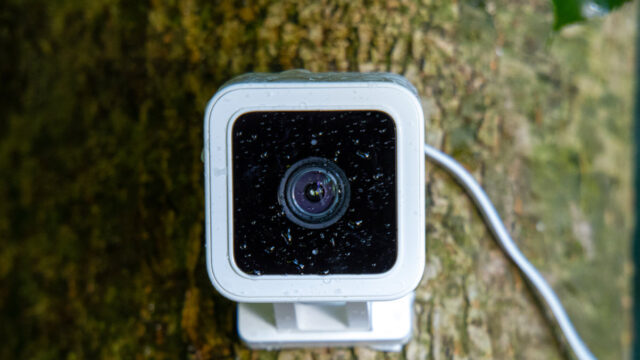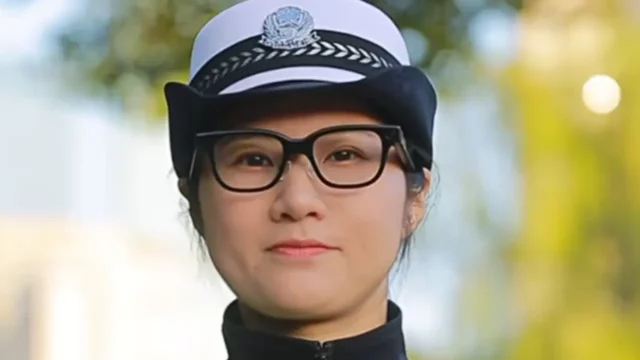Researchers have developed an innovative spy robot that can collect vital information and dissolve into an oily puddle upon exposure to UV light or heat. This soft robot, constructed using a silicone composite, has numerous applications in various fields, including medicine and military intelligence.
The spy robot is made of soft materials
A team of researchers has unveiled a groundbreaking spy robot that not only gathers crucial data. However, also has the ability to dissolve into an oily puddle when exposed to UV light or heat. This unique design and features of the robot have been published on the pre-publication server, arXiv.

Constructed as a soft robot, this cutting-edge technology is made of more flexible materials than traditional robots. This adaptability allows them to be utilized in a variety of tasks such as administering medicine to wildlife and cancer-fighting robots that can target specific parts of the body.
The melting spy robot was built using a newly developed silicone composite that quickly breaks down under UV light and heat. This characteristic makes it easy to dispose of the robot once its mission is completed. To assess its effectiveness, the researchers conducted a simulation where the robot was assigned to scout an unfamiliar environment and self-destruct afterwards.
During the mission, the robot successfully detected temperature changes and alerted the researchers accordingly. Furthermore, it employed photodetectors to sense UV light from a lamp. Upon completing the mission, the robot moved to a hot plate heated to 120°C (248°F). The exposure to UV light and the heat from the plate caused it to liquefy into an oily fluid.
This revolutionary spy robot is not the only impressive soft robot developed recently. Last year, scientists designed a robotic slime that utilizes magnets to collect and transport objects, allowing it to navigate through narrow spaces without causing any damage.
Technological advancements have significantly impacted intelligence gathering and surveillance. The internet, for example, originated from ARPANET, the first American military project. These developments continue to shape the way we approach espionage and data collection, paving the way for more innovative and efficient methods.
We would love to hear your thoughts on this intriguing subject. Please share your views in the comment section below!














